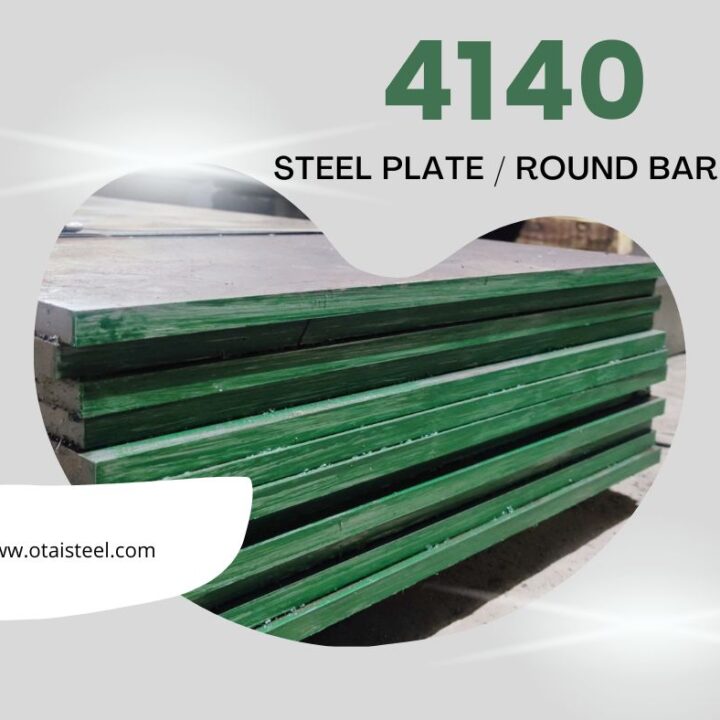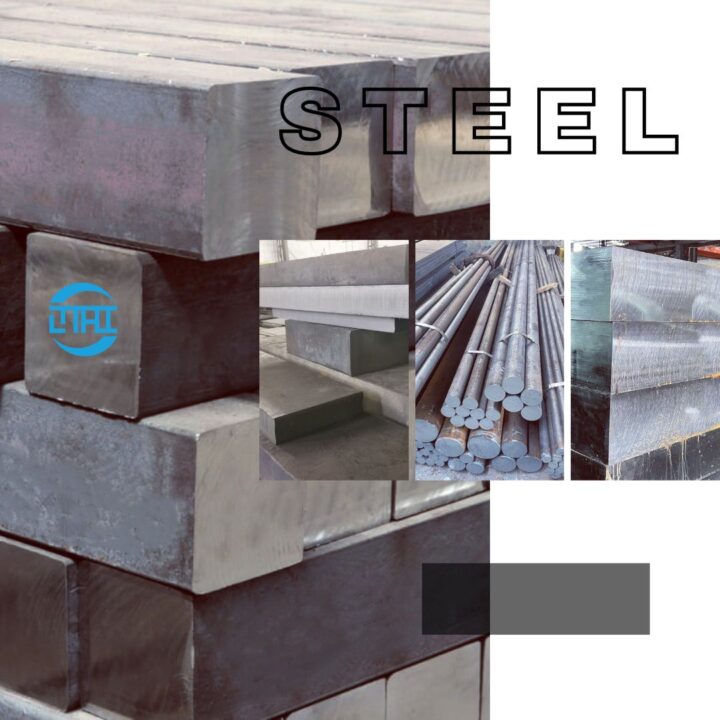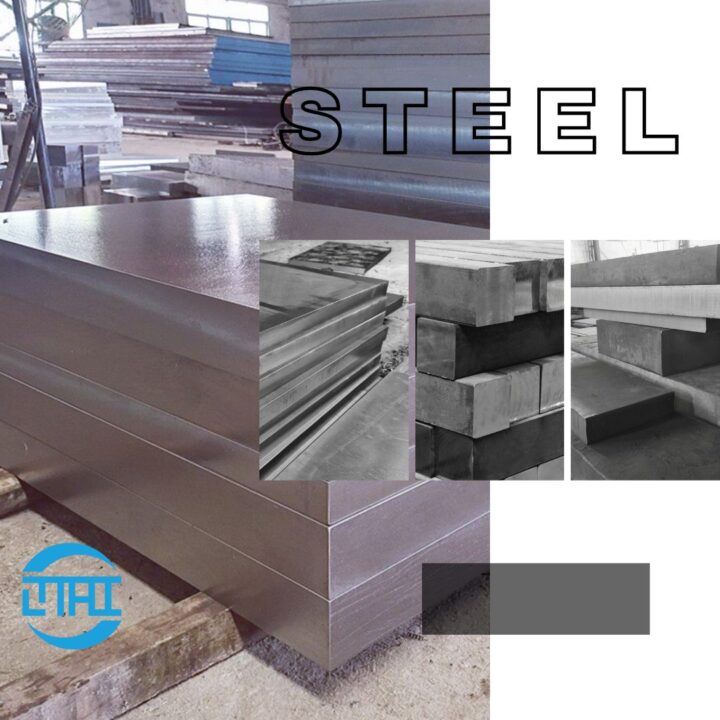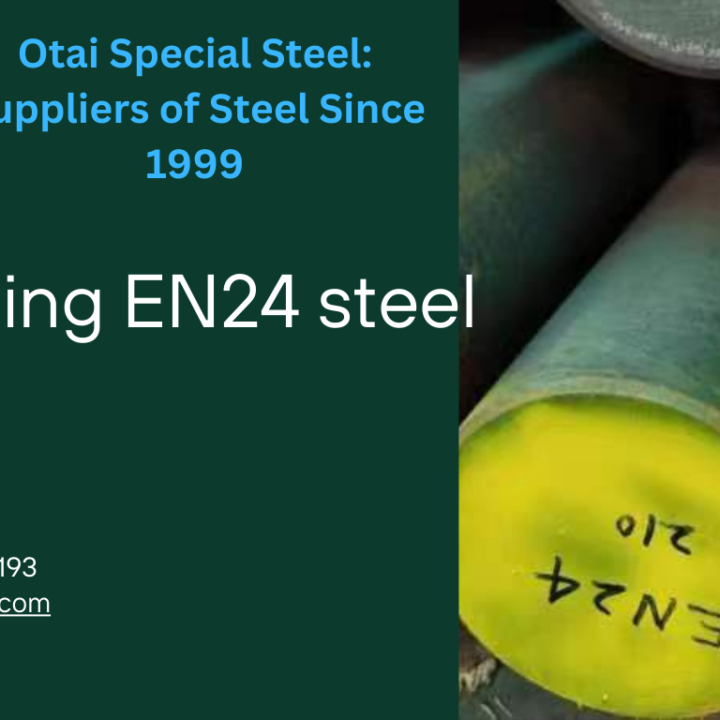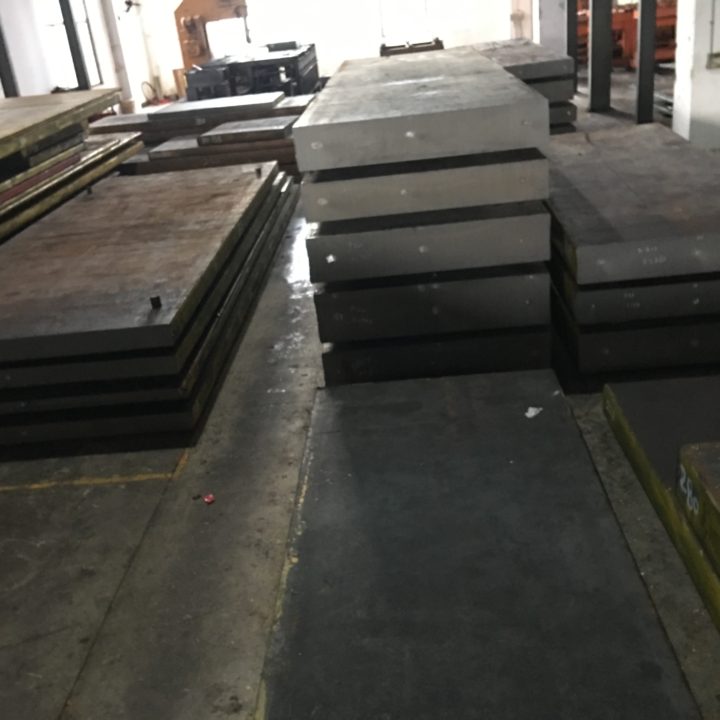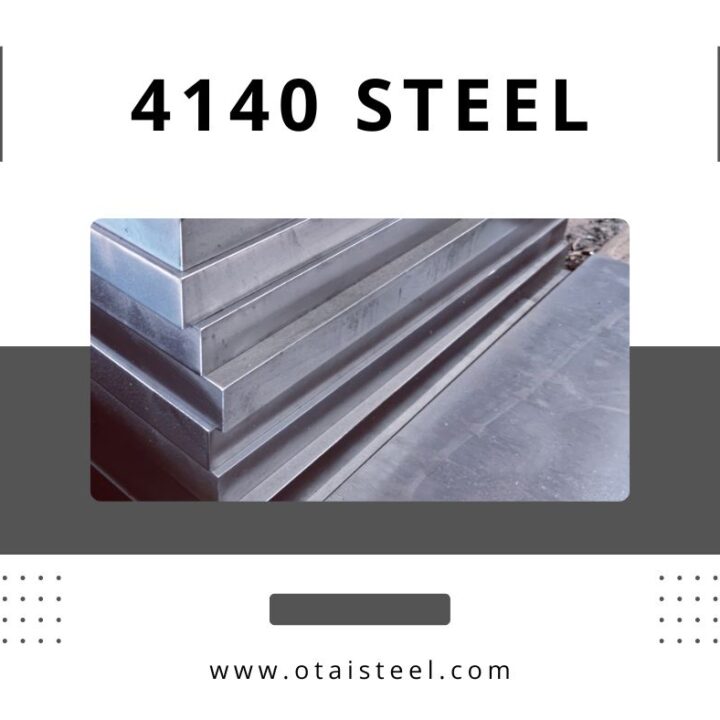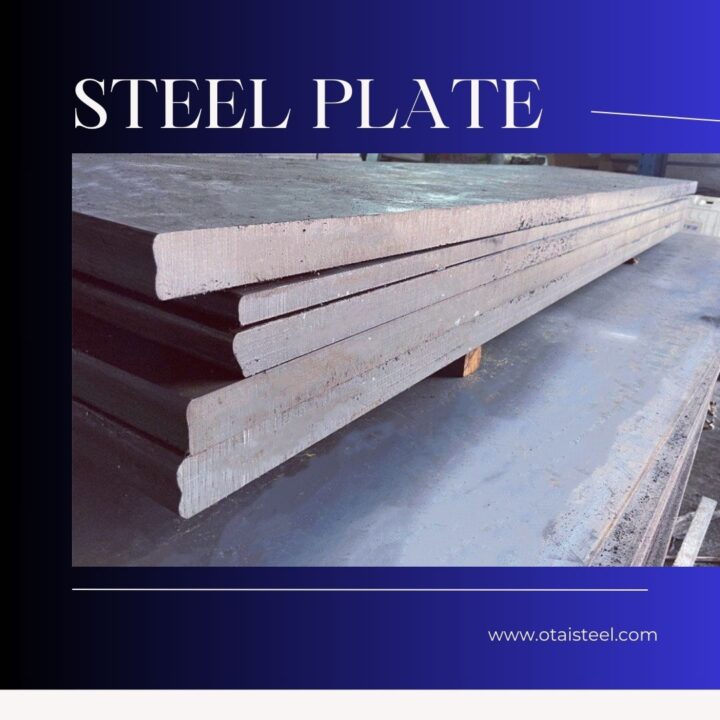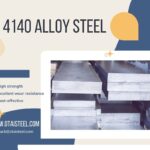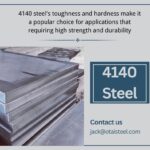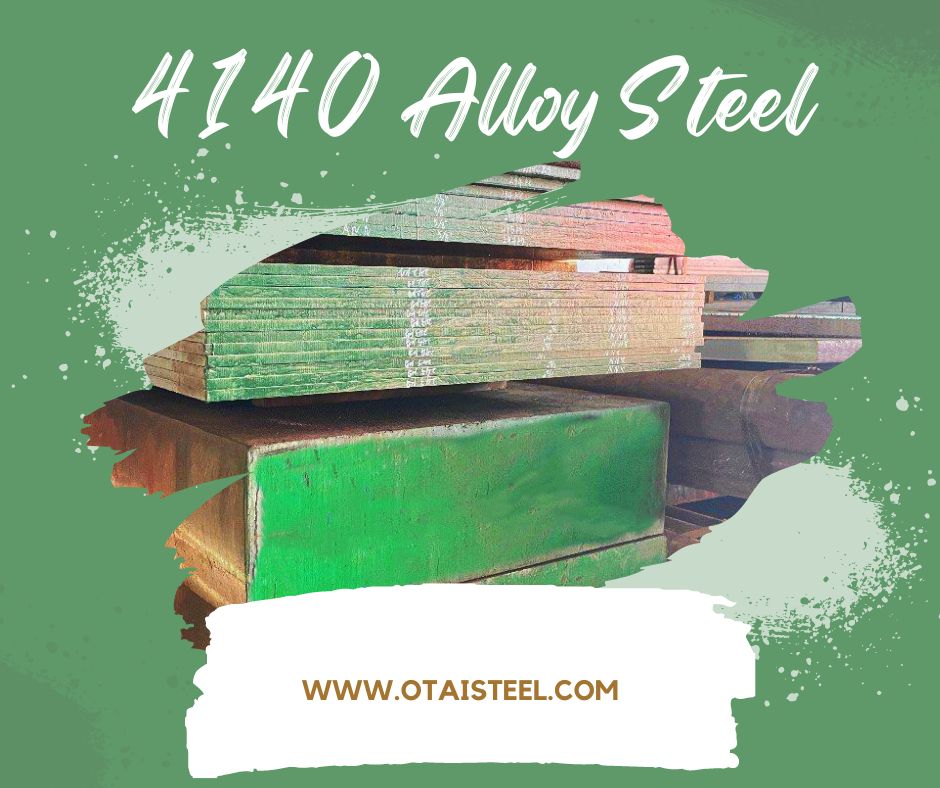 When discussing 4140 steel, its annealed hardness is a critical aspect that affects its performance in various applications.
When discussing 4140 steel, its annealed hardness is a critical aspect that affects its performance in various applications.
What is Annealed Hardness?
Annealed hardness refers to the hardness of steel in its softened, or annealed, state. In the case of 4140 steel, annealing involves heating it to a specific temperature and then slowly cooling it to relieve internal stresses.
Softened for Machinability
Annealing 4140 steel makes it softer and more machinable. This process reduces hardness, making it easier to cut, drill, and shape the material.
HBW Scale
Annealed hardness is typically measured using the Brinell Hardness (HBW) scale. In this state, 4140 steel typically exhibits a hardness value ranging from 197 HBW to 229 HBW.
Benefits of Annealed Hardness
- Machining Ease: Annealed 4140 steel is much easier to machine than in its hardened form. This makes it a preferred choice for components that require intricate shaping.
- Weldability: Its softened state enhances weldability, allowing for easier joining of components.
Applications for Annealed 4140 Steel
- Manufacturing: Annealed 4140 steel is often used in manufacturing processes for its ease of machining, making it ideal for producing various components.
- Pre-Heat Treatment: Components are sometimes annealed before undergoing further heat treatment processes, ensuring uniform hardness and reducing the risk of cracking.
Transforming Annealed 4140 Steel
To harness its full potential, annealed 4140 steel may undergo subsequent heat treatment processes to achieve the desired hardness and strength levels.
